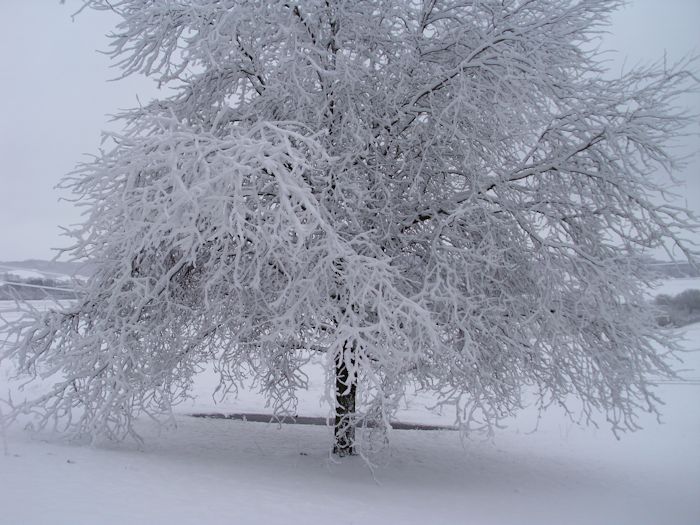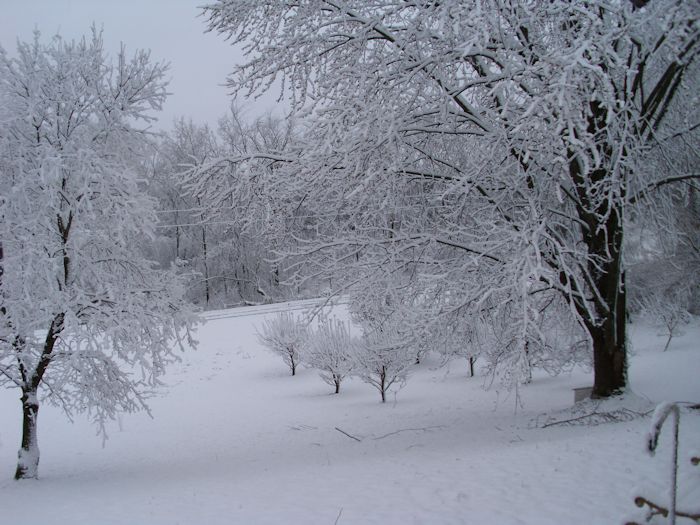A lot of people write me and ask what it’s like to be self-sufficient. After conversing for a while, I often get the feeling that they’re viewing self-sufficiency as just one or two skills. The more enlightened readers sometimes know that self-sufficiency is more than that. In reality, self-sufficiency requires a host of skills. The simple act of growing a garden and canning the results means that you must not only have gardening and canning skills, but you must also have other skills required to make the process work properly. Here are just some of the skills required:
- Math: Yes, you must have math skills to figure out whether growing an item is economically worthwhile for you and to also perform those gardening and canning tasks.
- Building: Creating a place to stored your canned goods is important. Most shelving you can buy in the store won’t hold up and you often need to build your own to maximize use of space.
- Cleaning: Keeping the canned goods in good shape means cleaning the jars from time-to-time and examining each jar to ensure it’s still sealed.
- Organization: Ensuring you rotate your stock and get rid of old stock is essential if you want to remain healthy. In addition, you need to know which items your larder lacks before planting your garden in spring.
- Research: Often you need a solution to a problem and you need it fast. You eventually do create a store of knowledge that helps you overcome most problems, but it’s still important to know when your knowledge falls short and where to look for an answer to a problem that will work.
- Creative: I often see puzzlement when I mention you must be creative to be self-sufficient, but the fact remains that you really do need creativity. Sometimes nature throws a curve and you must be willing to figure out what to do with unexpected gardening results.
The likelihood of just one person having all the skills required to be fully self-sufficient are relatively small. In fact, it’s often counterproductive for someone to go it alone. Having someone to work with isn’t absolutely essential, but it does help. On the other hand, having friends and other relations to discuss gardening with is essential. You can’t easily succeed without the input provided by other people because one person simply can’t see all the potholes and potential solutions for problems.
Self-sufficiency surprisingly requires good relationships with other people. Yes, you’re raising your own food and creating the kind of food store that you’ll enjoy eating later. However, the input from other people will help make the task significantly easier.
Of course, once I reveal this information to people, many of them bring up the wealth of books and magazines available on the market today. Yes, these resources truly are helpful and potentially essential. However, they discuss gardening and other self-sufficiency topics in a general way. Your friends and neighbors can discuss specific topics as they apply to your area of the world and can account for variances such as weather.
Have you maintained good relations with friends and neighbors who can help you create a better self-sufficiency environment? How do these sources of information help you? Let me know your thoughts on the topic at [email protected].



